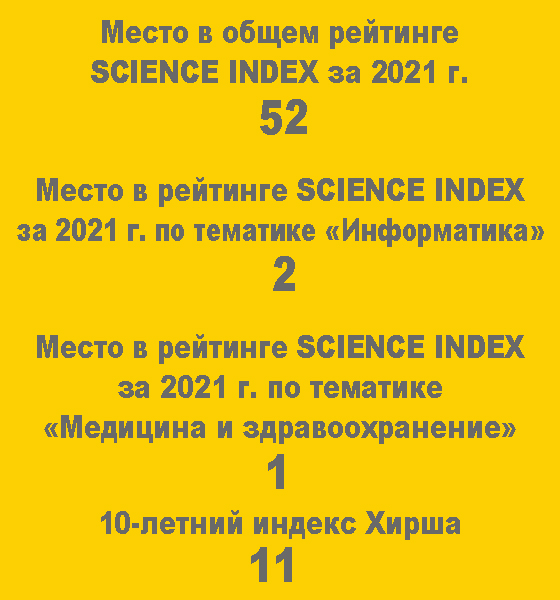Implementation and Assessment of a Tele-dermatology Strategy for Identification and Treatment of Skin Lesions in Elderly People
 3323
3323 The world's population is living longer which is resulting in a higher incidence of pressure ulcers. Objectives: (1) To describe the implementation of a teledermatology strategy to identify and treat skin lesions in institutionalised elderly patients; (2) To evaluate the established teledermatology strategy. Method: This study was carried out in a geriatric home (AMP) in Brazil, and included: (1) Implementation of a teledermatology method. (2) Evaluation of the strategy through: a) professional knowledge assessment, b) professional satisfaction, c) clinical aspects evaluation.
Results: (1) The team consisted of a remote consulting team, local care team, dermatologist and infectologist. Digital records of skin lesions and weekly monitoring was implemented and was standardised using the iPhone 5's camera coupled with a dermato-scope in cases of minor lesions. Data were stored in the cloud using FotoFinder Hub®. (2) Professionals' knowledge (n=24): age 34,6±7,3 years; 16 responded to the post-test and there was no difference between the 2 tests (86,8±7,1 and 84,5±9,5, P=0,38). Professional satisfaction (n=17): 16 (94,2%) showed interest in indicating this type of assistance modality to another professional. Clinical aspects' evaluation: hypertension had the highest prevalence, 9 (50%). Pressure ulcers were identified in 18 patients (83,3%), the heels, 7 cases, were the most affected area (39,0%). Healing Process: 4 lesions (22,2%) took over 3 months to complete the re-epithelialisation and 6 patients (33,3%) died before the end of treatment.
Conclusion: The proposed teledermatology strategy has resulted in better assistance for elderly patients.
Conflict of interest. The author declare no conflict of interest
| Attachment | Size |
|---|---|
| Download | 469.56 KB |


















































